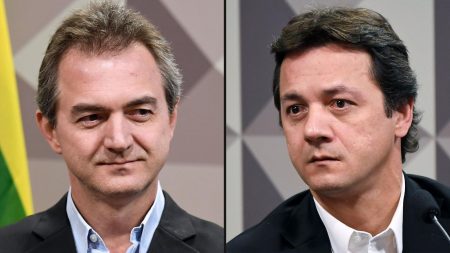The frigid battlefields of Kursk Oblast have become a testing ground for a grim confluence of modern warfare and geopolitical maneuvering. Ukrainian forces, defending a hard-won salient against a combined Russian and North Korean offensive, have employed innovative tactics, including the deployment of commercially available first-person-view (FPV) drones adorned with incongruously festive decorations, to inflict significant casualties on the attacking troops. While the whimsical Christmas ornaments might appear darkly humorous, they underscore the deadly effectiveness of these small, agile drones in the hands of skilled Ukrainian operators. The weekend clashes resulted in an estimated 200 casualties among the North Korean 11th Army Corps, highlighting the vulnerabilities of traditional infantry tactics in the face of modern drone warfare.
The involvement of North Korean troops in the conflict adds a new layer of complexity to the ongoing war in Ukraine. Their presence bolsters Russian forces, bringing the combined troop strength in the Kursk region to approximately 60,000, significantly outnumbering the 20,000 Ukrainian defenders. However, the offensive nature of the Russian-North Korean operations, requiring them to advance across open terrain against entrenched Ukrainian positions, mitigates the advantage of their superior numbers. The initial assaults by the North Koreans, characterized by rigidly linear formations and a lack of effective artillery or air support, proved particularly susceptible to Ukrainian drone strikes and artillery fire. Their dark camouflage, stark against the snow-covered landscape, further exacerbated their vulnerability, transforming them into readily identifiable targets.
The contrasting approaches to drone warfare between the Ukrainians and their adversaries reveal a significant disparity in tactical adaptation and training. While Ukrainian drone operators have honed their skills and developed innovative techniques, including the use of FPV drones for precision strikes, the Russian and North Korean forces appear to be struggling to adapt to this evolving threat. The North Koreans, while demonstrating some awareness of the danger posed by drones by attempting to dodge incoming attacks, have largely been ineffective in mitigating the threat. This contrasts with some Russian units which have implemented training programs, albeit sometimes with questionable methods like the “drone on a rope” exercise, to prepare their soldiers for drone encounters.
The effectiveness of Ukrainian drone operations is further amplified by the apparent tactical shortcomings of the Russian and North Korean forces. The initial assaults involved infantry advancing in exposed formations across open fields, offering easy targets for Ukrainian drones and artillery. The lack of adequate air or artillery support further compounded their vulnerability. This tactical rigidity, coupled with the readily visible dark uniforms of the North Korean soldiers against the backdrop of snow, highlights a failure to adapt to the realities of modern warfare and the specific challenges of the Kursk battlefield. This suggests a deficiency in training, coordination, and perhaps even an underestimation of the Ukrainian capabilities.
The aftermath of the clashes has also revealed a stark contrast in information management. While Ukrainian sources, including Andriy Kovalenko, head of the Center for Countering Disinformation in Kyiv, have been relatively transparent about the North Korean casualties, Russian authorities appear to be actively attempting to suppress information regarding the extent of their losses. This effort to control the narrative, evidenced by reported attempts to quickly evacuate casualties and downplay the impact of Ukrainian strikes, underscores the sensitivity surrounding the North Korean involvement in the conflict and the potential political ramifications of heavy losses. The availability of video footage depicting strikes on North Korean soldiers, their failures, and even their corpses, circulating in the public domain, further undermines Russian attempts to control the narrative.
The ongoing conflict in Kursk Oblast underscores the evolving nature of warfare in the 21st century. The effective deployment of relatively inexpensive and readily available technology, such as commercially available drones modified for combat, has proven to be a significant force multiplier for the Ukrainian defenders. Conversely, the struggles of the Russian and North Korean forces to adapt to this threat, coupled with their seemingly outdated tactical approaches, highlight the importance of agility, innovation, and effective training in modern warfare. The events in Kursk Oblast serve as a stark reminder that numerical superiority can be negated by technological prowess and tactical adaptability, particularly in an environment where the battlefield is increasingly dominated by unmanned systems and precision strikes. The conflict also highlights the informational dimension of modern warfare, with both sides vying to control the narrative and influence public perception. The Christmas-ornamented drones, while seemingly trivial, symbolize a broader shift in the dynamics of conflict, where innovation and adaptability are paramount.










